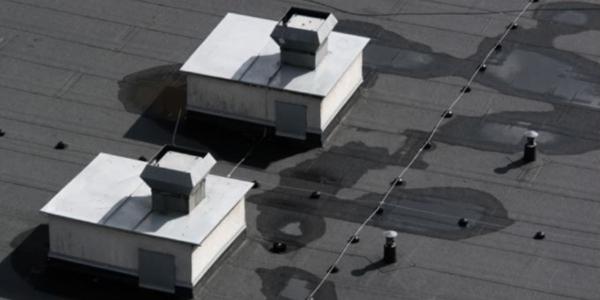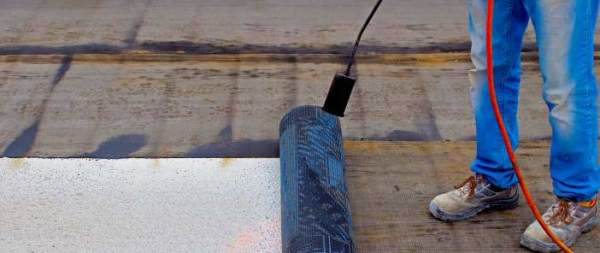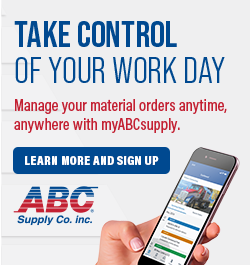Never Sign an OSHA Witness Statement

Understand your rights during an OSHA inspection.
By Trent Cotney.
During any OSHA inspection, the Compliance Safety and Health Officer (“CSHO”) will more than likely take witness testimony from crew members that are on site. This CSHO will hand-write the interview answers and ask the employee to sign the witness statement. Most employers and employees do not understand their rights during an OSHA inspection and do not know that they are not required to sign witness statements. This article explores OSHA’s interviewing process, the use of witness statements by OSHA, and suggests alternatives to signing a witness statement.
Everyone has the Right to Counsel
First and foremost, it should be noted that any member of management, including officers, directors, and owners have the right to have counsel present during any OSHA interview. In addition, any supervisory employee is also considered part of management, and therefore has the ability to have counsel present during the interviews. When OSHA inspects a job site, supervisory employees such as crew leaders, foremen, superintendents, and/or project managers should assert their right to have counsel present before giving any testimony to OSHA.
In other words, the supervisor should state their name, position and assert the right to counsel. This will give the individual an opportunity to discuss the alleged violations with management and counsel prior to being interviewed. It will also allow management and counsel to be present during the interviews. Generally, these interviews occur at counsel’s office or OSHA’s area office rather than the job site, thereby limiting exposure to additional potential violations.
With regard to crew member interviews, management and counsel for management generally cannot be present during non-supervisory employee interviews. However, if the employee requests that counsel be present for the interview, OSHA must allow counsel to be present.
What will OSHA Ask?
During the interviews, OSHA will ask a variety of questions regarding safety training and job site specific acts or omissions. For example, common safety training questions include how to properly tie off, use personal protective equipment (“PPE”), properly install anchor points, properly tie off ladders, knowledge about hydration and water breaks, knowledge regarding risks associated with swing radius, inhalation of chemicals and/or silica, as well as other potential hazards.
The job site specific questions will focus on the who, where, when, what, and how. In particular, employees will be asked questions regarding training they received and commands they received on the date of the incident. For example, the CSHO will ask whether employees were instructed to tie off on the date of the inspection, whether supervisory employees inspected the crew members during construction, and the reason(s) why employees were not tied off (even if they were). OSHA often asks whether employees were not wearing fall protection because they were told to complete work at an accelerated pace or to meet certain schedule obligations. If an employee answers in the affirmative, it could be damaging to the employer.
Written Witness Statement
While the testimony is being taken, the CSHO will be drafting a witness statement, which generally contains self-serving declarations for purposes of prosecuting the employer. No one is required to sign a witness statement. Both supervisory and non-supervisory employees can refuse to sign witness statements. This leaves the CSHO with only his or her own notes, which can still be used as evidence, or the CSHO can still contact the local Area Office and ask that it issue a subpoena requiring that the employee’s testimony be taken under oath.
This delay in obtaining testimony may be beneficial for the employer because it will allow the employee to have the opportunity to think about his or her answers and be in a better mindset for purposes of providing testimony. It also gives the employee the chance to speak with counsel and/or management if he or she wishes to do so.
Obviously, regardless of when testimony is provided, all employees must always tell the truth. However, even a slight postponement in giving testimony can provide an employee with enough time to properly collect his or her thoughts, and ensure that he or she gives truthful testimony, while remaining alert enough to detect and avoid the onslaught of “Gotcha!” questions OSHA loves throwing at unsuspecting witnesses.
If you would like more information on OSHA witness statements, please contact Cotney Construction Law at (866) 303-5868, or submit a contact request form to speak with an experienced OSHA attorney.
Disclaimer: The information contained in this article is for general educational information only. This information does not constitute legal advice, is not intended to constitute legal advice, nor should it be relied upon as legal advice for your specific factual pattern or situation.
For more information on Cotney Construction Law visit here.
Editor’s note: This article was first published on Cotney Construction Law and can be viewed here.























Comments
Leave a Reply
Have an account? Login to leave a comment!
Sign In